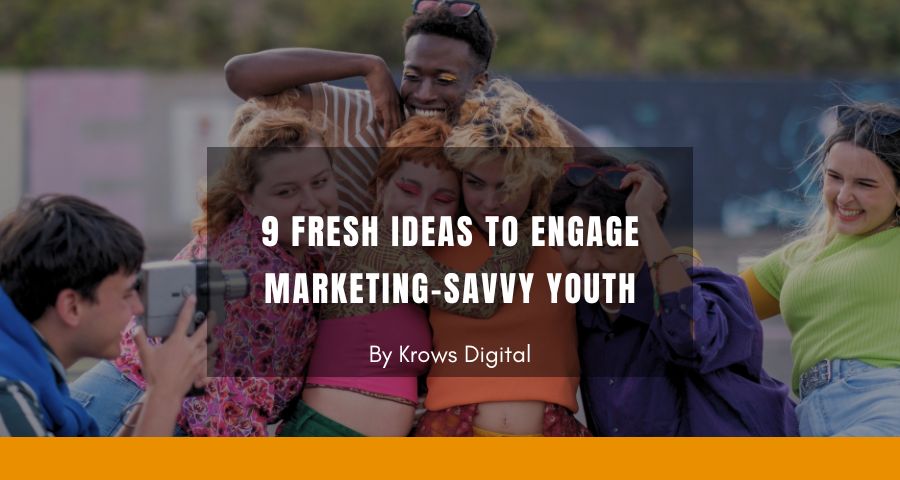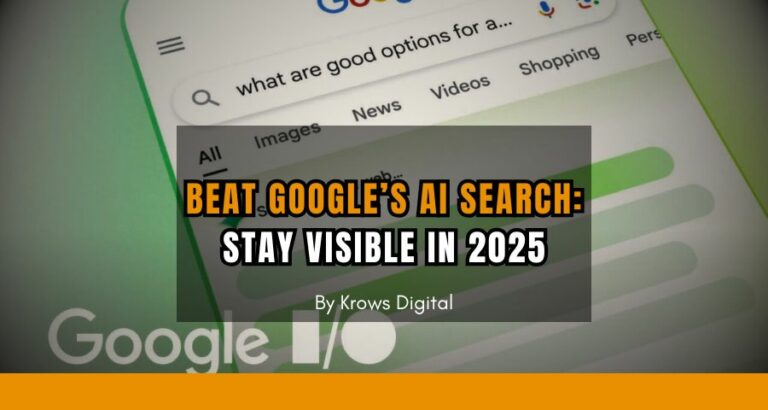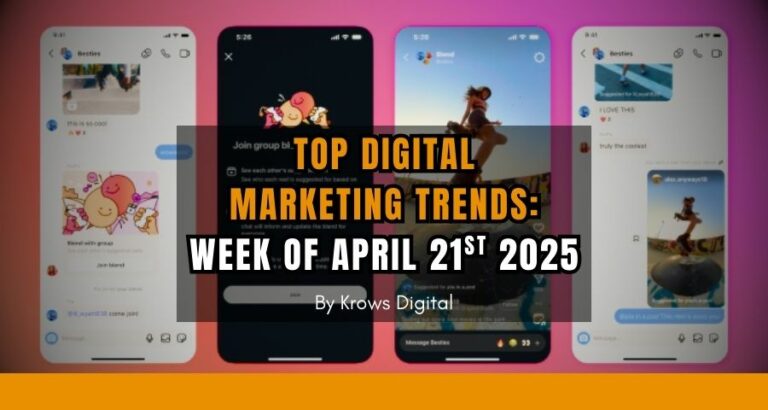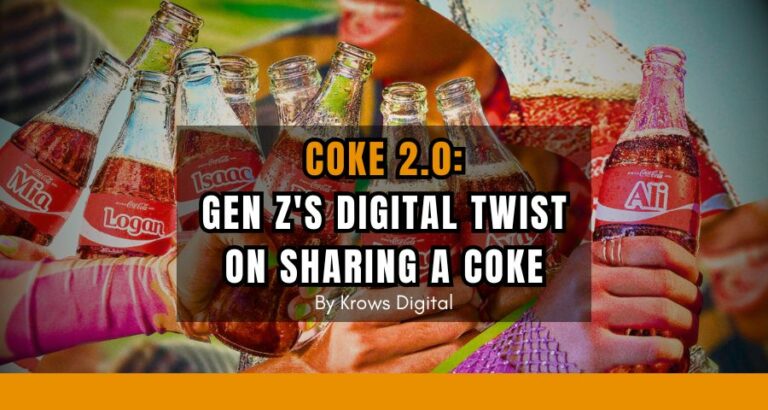Nine Ideas to Market to Young People Who Avoid Marketing
In today’s fast-evolving marketplace, engaging young people effectively means rethinking traditional marketing tactics. This demographic, often skeptical of overt marketing, prefers authentic, engaging, and personalized content. This article explores nine innovative strategies to capture their interest and foster meaningful connections.

Understanding the Young Audience
Demographic Shifts and Preferences
Young consumers today are not a monolith; they are diverse, with varied interests, values, and media consumption habits. Successful marketing to this group starts with understanding these dynamics, using analytics and market research to tailor approaches that resonate on a personal level.
Key Psychological Triggers
Marketing that connects on an emotional level can significantly impact young audiences. Strategies that evoke feelings of belonging, excitement, or altruism can drive engagement more effectively than traditional ads.
Leveraging Social Media the Right Way

Influencer Collaborations
Influencers who resonate with young people can be pivotal in marketing. Collaborations should be authentic, choosing influencers who genuinely align with the brand’s values and voice.
User-Generated Content and Contests
Encouraging user-generated content through contests or campaigns not only engages young consumers but also provides them with a platform to express themselves, creating a sense of ownership and loyalty toward the brand.
Experiential Marketing Techniques

Creating Brand Experiences
Creating immersive and memorable brand experiences can significantly impact young consumers. Whether through virtual reality setups or interactive brand installations, the aim is to create a lasting impression that goes beyond the product.
Live Events and Pop-Ups

Organizing live events and pop-up shops can create buzz and offer direct engagement with the brand. These events should be unique and shareable, making them appealing to the young audience who values experiential and social interactions.
Value-Based Marketing
Supporting Causes They Care About
Young consumers are more likely to engage with brands that reflect their social and environmental values. Marketing campaigns that highlight a brand’s commitment to these causes can build a strong emotional connection.
Transparency and Honesty in Communications
Transparency is crucial when marketing to young people. They seek authenticity and can easily detect when brands are not being honest. Open communication about products and business practices can foster trust and loyalty.
Personalized Communications
Data-Driven Personalization
To effectively reach young audiences, brands need to leverage data to tailor their messages. By analyzing behavior patterns, preferences, and engagement metrics, marketers can create content that feels bespoke to individual users. Personalized emails, product recommendations, and targeted advertisements can significantly increase engagement rates among young consumers who expect brands to understand their needs and preferences.
Engaging Through Personal Stories
Connecting through personal stories and testimonials can make a brand more relatable and trustworthy. Sharing customer experiences, especially those of influential young people within the community, can add a layer of authenticity and credibility to your marketing efforts, making your messages more appealing to young audiences.
Mobile-First Strategies

Optimizing for Mobile Platforms
With the majority of young people accessing information via smartphones, a mobile-first strategy is essential. This means websites must be optimized for mobile devices, ensuring fast load times, easy navigation, and a streamlined user experience. Mobile optimization also extends to all forms of content, including videos, posts, and ads, which should be designed to be visually appealing and engaging on small screens.
Mobile App Innovations
Brands can reach young audiences effectively by creating innovative mobile apps that offer unique functionalities, exclusive content, or valuable rewards. Apps need to provide a seamless, intuitive user experience and offer real value to encourage frequent use and engagement.
Gamification of Marketing

Reward Systems
Implementing a rewards system can gamify the marketing experience and incentivize engagement and loyalty. Whether it's through earning points for social shares, referrals, or purchases, these systems encourage continued interaction with the brand.
Interactive Challenges
Challenges or competitions that encourage user participation can greatly enhance engagement. These could be social media challenges, scavenger hunts using augmented reality, or creative contests that encourage users to create content for a reward.
Integrating Cutting-Edge Technology
Augmented Reality (AR) and Virtual Reality (VR)
Using AR and VR, brands can create deeply immersive experiences that are both fun and memorable. For instance, a fashion retailer could use VR to allow customers to try on clothes virtually, while AR can enhance the physical environment by overlaying digital information, and engaging the tech-savvy young consumer.
AI and Machine Learning Innovations

AI can personalize interactions at scale, predict trends, and automate responses to user inquiries with chatbots, making marketing efforts more efficient and responsive. Machine learning algorithms can analyze data to optimize marketing strategies and personalize user experiences, keeping the brand relevant and engaging.
The Best Social Media Platforms to Target the Younger Audience
To effectively market to young people, choosing the right social media platforms is crucial. Here's a breakdown of platforms where young audiences are most active:
- Instagram: Known for its visual appeal, Instagram is great for brand storytelling through images and short videos like Reels.
- TikTok: This platform's algorithm makes it easier for brands to go viral. TikTok is ideal for creative, engaging content that feels genuine and entertaining.
- Snapchat: Popular for its ephemeral content, Snapchat appeals to younger audiences who value privacy and quick, fun interactions.
- Twitter: While it's less visual, Twitter is crucial for real-time engagement, trending topics, and direct communication with audiences.
- YouTube: As the second largest search engine, YouTube is essential for long-form content that educates, entertains, and informs.
Each platform requires a unique approach tailored to its typical user behavior and preferences. Successful marketing strategies will leverage the strengths of each platform while maintaining a consistent brand voice and message.
By embracing these innovative marketing strategies and understanding the best platforms to reach young audiences, brands can build stronger connections and foster loyalty among the youth market. The key is to remain authentic, flexible and committed to adding value to their lives through meaningful interactions and experiences.
Need help?
Krows Digital is here to help! We work on tailoring marketing strategies for businesses of all sizes, including yours! So don't waste more time and contact us now to get a free quote!

FAQs
What makes young people skeptical about traditional marketing?
Young consumers often perceive traditional marketing as insincere or manipulative, preferring authentic interactions and transparency from brands. They value honesty and can quickly detect and dismiss marketing efforts that seem disingenuous.
How can brands effectively use social media to engage young audiences?
To engage young audiences on social media, brands should focus on creating interactive and visually appealing content, collaborate with influencers who resonate with their target audience, and encourage user-generated content. Platforms like Instagram, TikTok, and Snapchat are particularly effective due to their high engagement among young users.
Why is personalized marketing important when targeting young consumers?
Personalized marketing is crucial because young consumers expect brands to understand their individual needs and preferences. Tailoring messages and offers to individual behaviors and interests helps build trust and loyalty, as it shows the brand values them as individuals.
What are some examples of experiential marketing that appeal to young people?
Experiential marketing that resonates with young people includes pop-up shops, interactive product demos, and immersive events that incorporate elements of virtual or augmented reality. These experiences should be unique and shareable, offering a blend of entertainment and engagement.
How can a brand incorporate gamification into its marketing strategy?
Brands can incorporate gamification by introducing reward systems, interactive challenges, and competitions that incentivize engagement. These elements make the interaction fun and engaging, encouraging repeated engagement and deeper connections with the brand.
What role does technology play in marketing to young audiences?
Technology, especially advancements like AI, VR, and AR, plays a significant role in capturing the attention of young people. These technologies can be used to create personalized experiences, improve customer service, and make marketing campaigns more interactive and engaging.
Can you provide tips for creating content that young people will want to share?
Content that young people are likely to share is authentic, entertaining, and emotionally engaging. It often includes humor, creativity, and relatability. Ensuring content is visually appealing and optimized for mobile devices also increases shareability among young audiences.
What are the risks of failing to market effectively to young people?
Failing to market effectively to young people can result in a brand being perceived as outdated or out of touch. This can lead to decreased brand loyalty and a diminished ability to attract new customers from younger demographics, which are vital for long-term growth.




